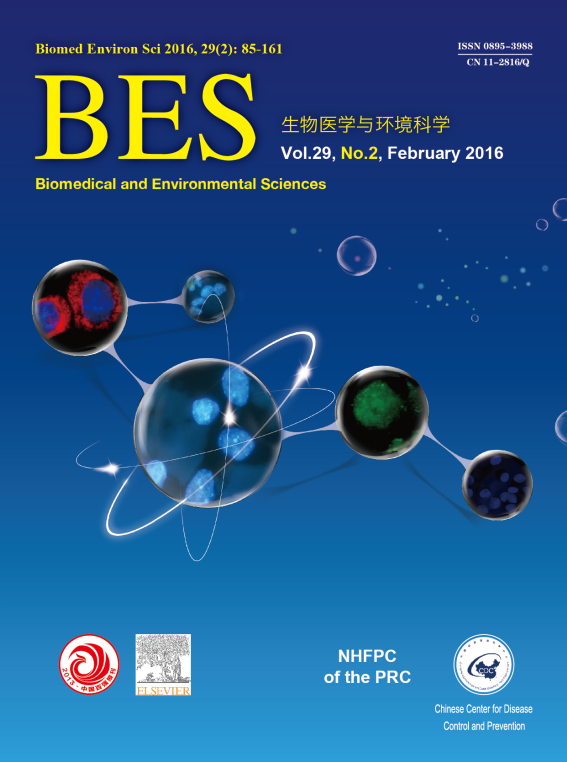Bioremediation of Hexavalent Chromium Pollution by Sporosarcina saromensis M52 Isolated from Offshore Sediments in Xiamen, China
doi: 10.3967/bes2016.014
-
Key words:
- Hexavalent chromium /
- Sediment /
- Sporosarcina saromensis /
- Degradation
Abstract: ObjectiveCr(VI) removal from industrial effluents and sediments has attracted the attention of environmental researchers. In the present study, we aimed to isolate bacteria for Cr(VI) bioremediation from sediment samples and to optimize parameters of biodegradation. MethodsStrains with the ability to tolerate Cr(VI) were obtained by serial dilution and spread plate methods and characterized by morphology, 16S rDNA identification, and phylogenetic analysis. Cr(VI) was determined using the 1,5-diphenylcarbazide method, and the optimum pH and temperature for degradation were studied using a multiple-factor mixed experimental design. Statistical analysis methods were used to analyze the results. ResultsFifty-five strains were obtained, and one strain (Sporosarcina saromensisM52; patent application number: 201410819443.3) having the ability to tolerate 500 mg Cr(VI)/L wasselected to optimize the degradation conditions. M52 was found be able to efficiently remove 50-200 mg Cr(VI)/L in 24 h, achieving the highest removal efficiency at pH 7.0-8.5 and 35°C. Moreover, M52 could completely degrade 100 mg Cr(VI)/L at pH 8.0 and35 °C in 24 h. The mechanism involved in the reduction of Cr(VI) was considered to be bioreduction rather than absorption. ConclusionThe strong degradation ability ofS. saromensis M52 and its advantageous functional characteristics support the potential use of this organism for bioremediation ofheavy metal pollution.
| Citation: | ZHAO Ran, WANG Bi, CAI Qing Tao, LI Xiao Xia, LIU Min, HU Dong, GUO Dong Bei, WANG Juan, FAN Chun. Bioremediation of Hexavalent Chromium Pollution by Sporosarcina saromensis M52 Isolated from Offshore Sediments in Xiamen, China[J]. Biomedical and Environmental Sciences, 2016, 29(2): 127-136. doi: 10.3967/bes2016.014 |







 Quick Links
Quick Links
 DownLoad:
DownLoad: